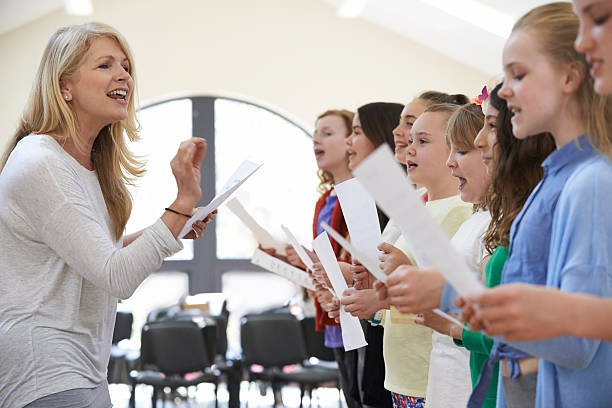Performing arts classes provide students with a unique opportunity to explore their creative talents, develop self-expression, and enhance their overall confidence. In these classes, the role of the teacher is of utmost importance in guiding and inspiring students to reach their full potential. This article examines the crucial role that teachers play in performing arts classes, focusing on three key aspects: fostering creativity, providing technical expertise, and cultivating a supportive learning environment.
The Role of the Teacher in the Performing Arts Class
- Fostering Creativity: One of the primary responsibilities of a performing arts teacher is to foster creativity in their students. Teachers must encourage students to think outside the box, experiment with different artistic techniques, and explore their unique artistic voice. By creating an environment that values imagination and creative expression, teachers empower students to take risks, make bold choices, and develop their artistic identities. They may organize improvisation exercises, encourage collaborative projects, or introduce new and unconventional approaches to performances. Through their guidance, teachers inspire students to discover and nurture their creative potential.
- Providing Technical Expertise: In addition to nurturing creativity, performing arts teachers also serve as a valuable source of technical expertise. They possess in-depth knowledge and understanding of various performing arts disciplines, such as dance, music, or theater. Teachers instruct students on fundamental skills, proper techniques, and essential theoretical concepts relevant to the discipline. They guide students in refining their craft, offering constructive feedback, and providing practical training to enhance their technical abilities. By imparting their expertise, teachers equip students with the necessary tools to execute their artistic vision effectively.
- Cultivating a Supportive Learning Environment: Creating a supportive learning environment is crucial for students to thrive in a performing arts class. Teachers play a pivotal role in fostering a safe and inclusive atmosphere where students feel comfortable expressing themselves and taking creative risks. They encourage open communication, respect diversity, and promote a sense of community within the class. Teachers also serve as mentors, offering emotional support and guidance to students during the creative process. By building trust and providing constructive feedback, they help students navigate challenges and develop resilience. A supportive learning environment enables students to explore their artistic capabilities with confidence and develop a lifelong appreciation for the performing arts.
In performing arts classes, teachers play a multifaceted role in shaping students’ artistic journeys. By fostering creativity, providing technical expertise, and cultivating a supportive learning environment, teachers empower students to explore their artistic potential fully. Through their guidance and mentorship, teachers inspire a passion for the performing arts, instill valuable skills, and create a foundation for lifelong artistic expression. The role of the teacher in the performing arts class is not merely instructive but transformative, helping students discover their unique artistic voices and nurturing their growth as artists.






